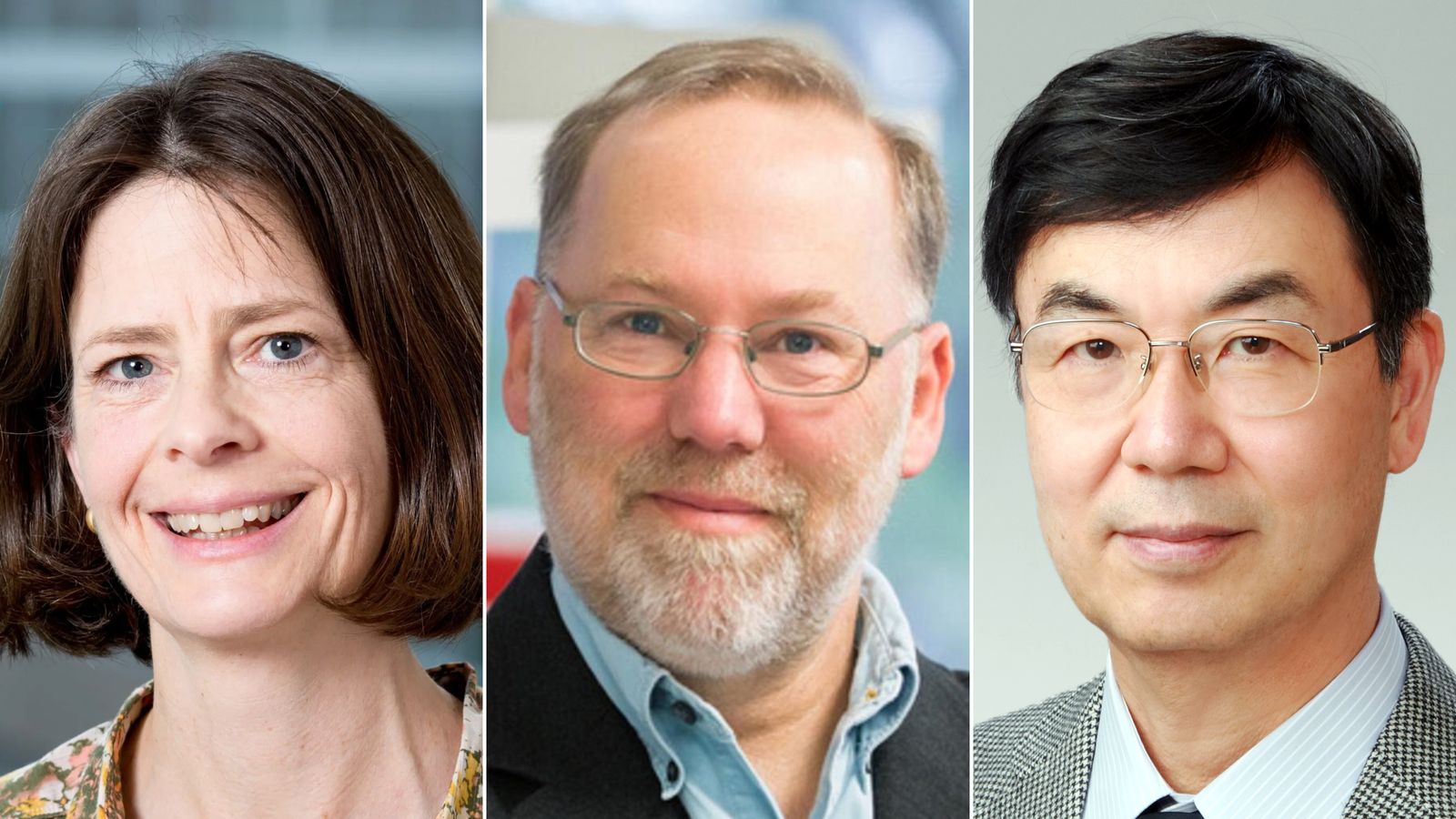
The 2025 Nobel Prize in Physiology or Medicine was awarded to Mary E. Brunkow, Fred Ramsdell, and Shimon Sakaguchi for their groundbreaking discoveries on the human immune system, particularly the concept of peripheral immune tolerance. Their research has significantly advanced the understanding of how the body’s immune system distinguishes between its own cells and foreign pathogens — a crucial mechanism for preventing autoimmune diseases and developing cancer therapies.
Understanding the Immune System and Peripheral Tolerance
The immune system protects the body by neutralizing pathogens like bacteria and viruses through T cells, a type of white blood cell. Normally, T cells are trained to recognize and attack foreign substances while avoiding damage to the body’s own cells. However, this system is imperfect — when it fails, autoimmune diseases occur. The concept of peripheral tolerance, discovered by Sakaguchi, explains how the immune system prevents such self-attacks outside the central immune organs like the thymus.
Sakaguchi’s Discovery of Regulatory T Cells (Tregs)
In the 1990s, Shimon Sakaguchi challenged the prevailing theories by identifying a special subset of T cells known as regulatory T cells (Tregs), which act as “police” cells, keeping other T cells from attacking the body’s own tissues. Through experiments on mice, Sakaguchi showed that removing the thymus (where T cells mature) led to severe autoimmune reactions. When healthy T cells were reintroduced, the condition improved — proving the existence of regulatory T cells responsible for maintaining immune balance.
The FOXP3 Gene and Its Role
Researchers Mary E. Brunkow and Fred Ramsdell later identified the FOXP3 gene as the key controller of regulatory T cells. Working on mice with autoimmune disorders, they discovered that mutations in this gene caused immune dysfunction both in animals and in humans suffering from IPEX syndrome (Immune Dysregulation, Polyendocrinopathy, Enteropathy, X-linked). This finding confirmed that the FOXP3 gene governs the development and function of Tregs, completing the understanding of how immune tolerance works in the human body.
Applications in Medicine: Autoimmunity, Cancer, and Transplants
The discoveries of Sakaguchi, Brunkow, and Ramsdell have immense clinical implications. Understanding regulatory T cells helps explain and treat autoimmune diseases where the body attacks itself. It also influences organ transplant research, as managing Tregs activity can reduce transplant rejection. In cancer treatment, researchers face the opposite problem — some tumors attract excessive Tregs, shielding cancer cells from immune attack. This understanding forms the foundation of modern immunotherapies, including CAR-T cell therapy, which modifies a patient’s immune cells to better target tumors.
UPSC Relevance
This topic links to the UPSC Prelims (General Science) and GS Paper III (Science & Technology) in Mains. It covers areas such as immunology, gene regulation, medical innovations, and applications of biotechnology in healthcare. Aspirants should focus on understanding the function of the immune system, role of thymus and T cells, and significance of FOXP3 gene and regulatory T cells in maintaining immune balance and treating diseases.
Model Code of Conduct (MCC) in Bihar – Ensuring Free and Fair Elections
The Model Code of Conduct (MCC) has been enforced in Bihar following the announcement of the upcoming assembly elections by the Election Commission of India (ECI). The MCC serves as a set of ethical guidelines for political parties and candidates to ensure free, fair, and transparent elections. It comes into effect immediately after the election schedule is announced and remains in force until the results are declared.
Key Provisions of the Model Code of Conduct
The MCC prohibits the misuse of official machinery, announcement of new schemes, or use of government funds for election campaigning. It also restricts advertising by the government, transfer or posting of officials, and use of religious or caste-based appeals for votes. The Election Commission has instructed all political parties in Bihar to strictly adhere to these norms to prevent any influence on voters through unfair means or inducements.
Significance of MCC in Strengthening Democracy
The enforcement of the MCC plays a crucial role in maintaining the integrity of India’s democratic process. It ensures that the ruling party does not gain undue advantage from its position of power and that opposition parties compete on an equal footing. For UPSC aspirants, this topic is important under Polity and Governance, especially in the context of Election Commission’s powers, ethical governance, and free and fair elections as guaranteed by the Constitution of India.
PM Gati Shakti – Transforming India’s Infrastructure Ecosystem
The PM Gati Shakti National Master Plan, launched by the Government of India, is a transformative infrastructure development initiative aimed at integrating various modes of transport and streamlining logistics networks across the country. It seeks to bring together 16 ministries, including Railways, Roads, Ports, Aviation, and Power, through a digital platform that allows for coordinated planning and execution of projects.
Objectives and Key Features of PM Gati Shakti
The main objective of PM Gati Shakti is to ensure seamless connectivity and reduce logistical costs, which currently stand at around 13–14% of India’s GDP — much higher than in developed countries. The plan focuses on multi-modal transport, better supply chain efficiency, and synchronized infrastructure growth. It uses GIS-based mapping and satellite imagery to track project progress and address bottlenecks in real time.
Strategic Importance and Economic Impact
PM Gati Shakti is expected to significantly boost economic growth, generate employment, and enhance India’s global competitiveness by improving the ease of doing business. It aligns with broader initiatives like Make in India, Atmanirbhar Bharat, and the National Infrastructure Pipeline (NIP). The program promotes data-driven governance, enabling faster clearances and better coordination between central and state agencies.
UPSC Relevance
For the UPSC exam, PM Gati Shakti is relevant under GS Paper III (Infrastructure, Investment, and Inclusive Growth). Aspirants should focus on its objectives, implementation mechanism, and economic significance. Similarly, the Model Code of Conduct relates to GS Paper II (Polity and Governance), especially topics concerning electoral reforms, accountability, and the role of the Election Commission in upholding democratic values

